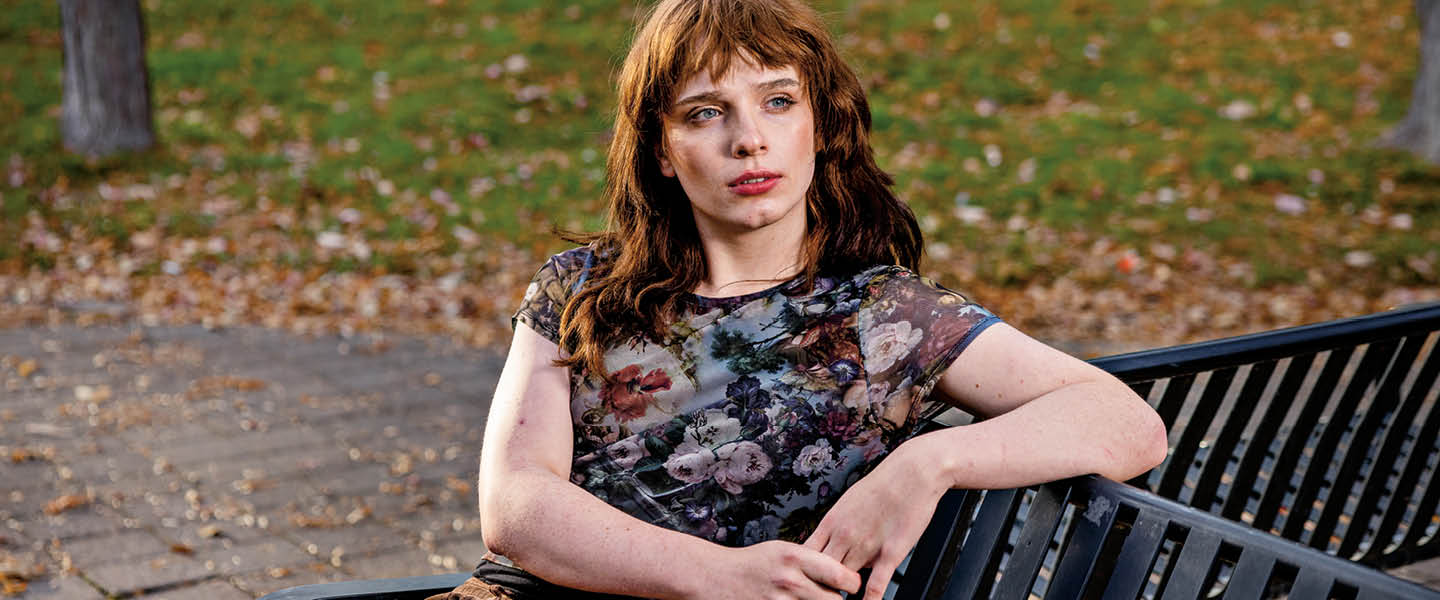Harper Elder biked toward school, snow swirling around her. An icy wind stung the 16-year-old’s bare hands. Growing up near Salt Lake City, Utah, Elder was accustomed to fierce winters. But this year she wasn’t prepared. She had no gloves. No warm coat. And no place to call home.
It was early 2021. Elder had been crashing on her older sister’s couch, a 45-minute bike ride from school. Months earlier, years of conflict with her mother had reached a breaking point, Elder says. Her parents kicked her out. The first night, she had started walking to a friend’s house, then stopped. She couldn’t bring herself to ask for help.
“I didn’t want to lose face or be vulnerable with people,” says Elder, now 20. “So I slept in a park. It was very, very scary.”
A growing number of young people share Elder’s struggles as a teen. An estimated 700,000 Americans ages 13-17 are homeless and on their own each year, according to government data. (The number balloons to 4.2 million when people ages 18-25 are included.) These young people lack a stable place to live, and many don’t have family that supports them. They bounce between shelters, cars, and friends’ homes. Sometimes they have to sleep outside.
Harper Elder biked toward school. An icy wind stung the 16-year-old’s bare hands as snow swirled around her. Elder grew up near Salt Lake City, Utah. She was used to harsh winters. But this year she wasn’t prepared. She had no gloves or warm coat. And she had no place to call home.
It was early 2021. Elder had been crashing on her older sister’s couch. It was a 45-minute bike ride from school. Months earlier, years of fighting with her mother had reached a breaking point, Elder says. Her parents kicked her out. The first night, she had started walking to a friend’s house. Then she stopped because she did not want to ask for help.
“I didn’t want to lose face or be vulnerable with people,” says Elder, now 20. “So I slept in a park. It was very, very scary.”
A growing number of young people share Elder’s struggles as a teen. According to government data, an estimated 700,000 Americans ages 13-17 are homeless and on their own each year. (The number grows to 4.2 million when people ages 18-25 are included.) These young people lack a stable place to live. Many don’t have family that supports them. They move between shelters, cars, and friends’ homes. Sometimes they sleep outside.

